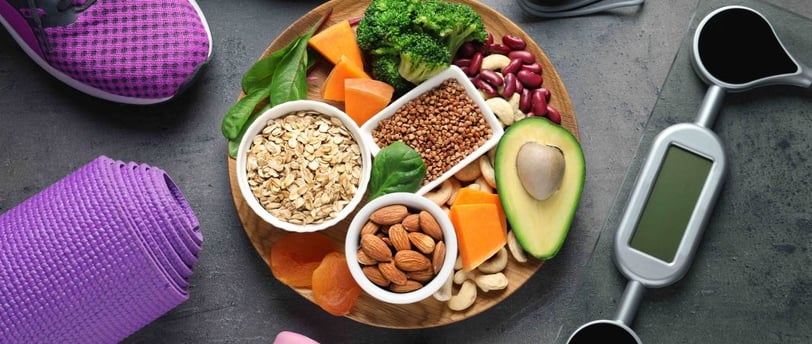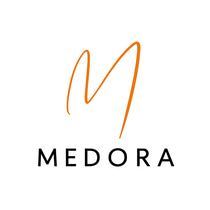Health is Always in Style: The New Age of Fashion & Food in Healthcare
As the world shifts toward a more holistic approach to well-being, industries traditionally unrelated to healthcare are stepping up to play a role in better health outcomes. This blog delves into these cross-industry collaborations and how they are shaping a healthier future.
Neelaksshi S.
3/21/20252 min read


In today’s world, industries are no longer confined to their traditional silos. The age of collaboration has ushered in an era where fashion, dining, and healthcare intersect in powerful ways to drive awareness, accessibility, and impact. By leveraging the cultural and emotional pull of fashion and food, healthcare brands can create a deeper connection with people, making health-conscious choices more engaging and mainstream.
Fashion as a Catalyst for Healthcare Awareness
Fashion has always been a powerful medium for self-expression, but now, it is also a tool for social good. Take, for instance, Nike’s FlyEase technology, which offers adaptive clothing and footwear designed for individuals with disabilities, making dressing easier for those with mobility challenges. Similarly, luxury brands like Gucci have taken steps to support mental health awareness, launching initiatives such as the Gucci Gaming Academy to foster conversations around well-being.
A standout example of fashion-meets-healthcare is the Apple Watch. More than just a stylish accessory, it has revolutionized wearable health tech by integrating features like heart rate tracking, ECG monitoring, blood oxygen measurement, and fall detection. With its ability to alert users to potential health issues, it seamlessly blends fashion with life-saving healthcare innovations.
The rise of smart textiles further exemplifies this intersection. For instance, researchers have developed textile insoles using capacitive pressure sensors to monitor foot pressure distribution, aiding in gait analysis and rehabilitation. Additionally, smart shirts equipped with sensors can monitor cardiovascular health, providing continuous data that can predict and prevent health crises. These innovations highlight how integrating technology into everyday attire can enhance health monitoring and overall wellness.
Dining with a Purpose
Food is central to life, and the hospitality industry is increasingly playing a role in promoting better health. The food industry is increasingly stepping up to integrate healthcare-driven initiatives, ensuring that what we eat is not just delicious but also nutritious and beneficial to our well-being. Leading brands, restaurants, and healthcare institutions are reimagining food as a tool for better health outcomes. Additionally, some hospitals are integrating local restaurants into their food programs to offer diverse and nutritious meal options. This initiative caters to a wide array of dietary needs, upholds safety standards, and enriches the mealtime experience for patients and staff alike.
For instance, Thomas Cuisine embraces the “food as medicine” approach, curating hospital meals designed to aid recovery with whole, fresh ingredients. Similarly, NYC’s Bellevue Hospital has launched the Plant-Based Lifestyle Medicine Program, prescribing patients plant-based meals to combat chronic illnesses like diabetes and heart disease.
Even fast-food giants like McDonald’s and Burger King are expanding their plant-based offerings, reshaping the idea of “convenience food” into something more balanced.
From hospital cafeterias to fine dining establishments, the fusion of food and healthcare is redefining nutrition, proving that what we eat can be both delicious and a powerful tool for well-being.
Collaboration for a Healthier Future
By merging creativity with care, industries like fashion and dining can make healthcare more approachable, desirable, and impactful. The future of well-being lies in these cross-industry partnerships, where style meets substance, and taste meets health.
Connect
Your partner in growth, market expansion, and digital execution across industries.
shri@medora.biz
+62-822-10-20-7000
© 2025. All rights reserved.
